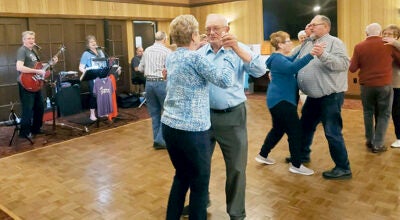Dog toothpaste, hairspray among this year’s science projects
Published 7:10 am Friday, February 5, 2010
Friends of Dominga Tomas-Mateo, fifth grade, may be thanking her for years to come.
For her science project, presented Thursday at the Neveln Elementary science fair, she studied which hairspray holds best.
“Well, my friends were all having problems with their hair. I mean, it just would not stay,” Tomas-Mateo said. “I said they needed good hairspray, and they would not listen, but maybe they will now.”
She found, as she hypothesized, that the most expensive VO5 bottle worked the best of several tested. White Rain Extra Hold Unscented held up almost just as well though, and it’s available at the dollar store, she said.
Tomas-Mateo is one of 25 students who participated in the science fair yesterday at Neveln. The fair is optional for students in grades three through six. Winners from fairs at each school will compete in the Southwest/South central Minnesota Regional Science Fair held in Mankato in May.
Austin’s elementaries and middle school and Austin Catholic Elementary host science fairs on Thursdays throughout February.
Projects are judged on creativity, scientific thoughts and understanding, thoroughness, skill and clarity, said Neveln science fair coordinator Amanda Bremner.
In addition, representatives from Riverland Community College, The Hormel Institute and Hormel’s research and development team judge projects and hand out their own awards, Bremner said.
Laney Hoag, fifth grader and dance enthusiast, presented a study on which type of dance raises the heart rate the most. Between jazz, ballet and lyrical, lyrical came out on top.
“It was fun. I did the experiment with people in my dance class,” she said.
Fourth grade student Taylor Derry tested whether an egg floats better in plain or salt water.
“I was curious about how salt effects density. I thought it was fun and interesting,” she said.
Cale Richard wanted to find out what kind of dog toothpaste works best. Last year, he did his project on the canine vs. the human heart rate.
“I love dogs, and they do have bad breath sometimes,” he said.
Richard found that crafting a homemade paste out of baking soda, salt and glycerin does the trick better than two commercial brands.
As far as how to get the dog to sit and behave through a teeth-brushing, Richard thought that would require a whole different study.
There’s always next year.



